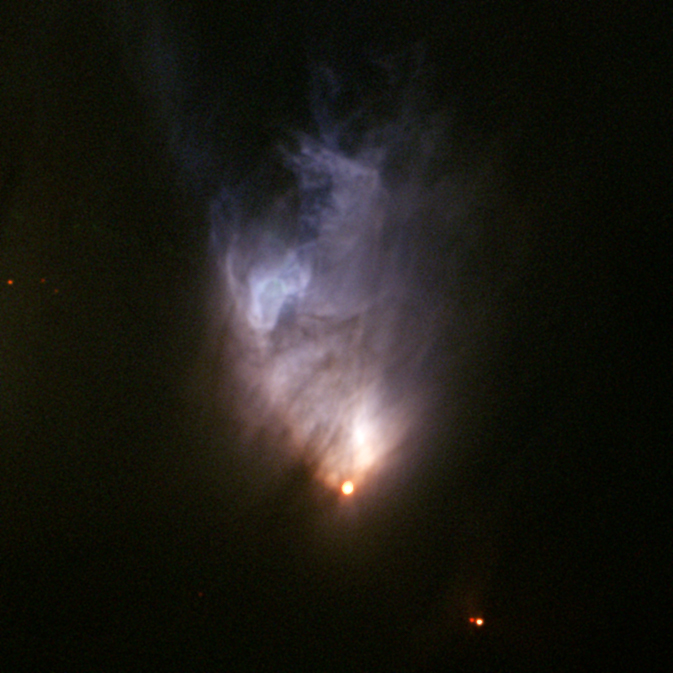
Astronomers first took notice of the young star, known as V1647 Orionis, in January 2004, near the peak of an outburst. The eruption had brightened the star so much that it illuminated a conical patch of dust now known as McNeil's Nebula. Both the star and the nebula are located about 1,300 light-years away in the constellation Orion.
Astronomers quickly determined that V1647 Ori was a protostar, a stellar infant still partly swaddled in its birth cloud. "Based on infrared studies, we suspect that this protostar is no more than a million years old, and probably much younger," said Kenji Hamaguchi, an astrophysicist at NASA's Goddard Space Flight Center in Greenbelt, Md., and lead author of the study.
Protostars have not yet developed the energy-generating capabilities of a normal star such as the sun, which fuses hydrogen into helium in its core. For V1647 Ori, that stage lies millions of years in the future. Until then, the protostar shines from the heat energy released by the gas that continues to fall onto it, much of which originates in a rotating circumstellar disk.
